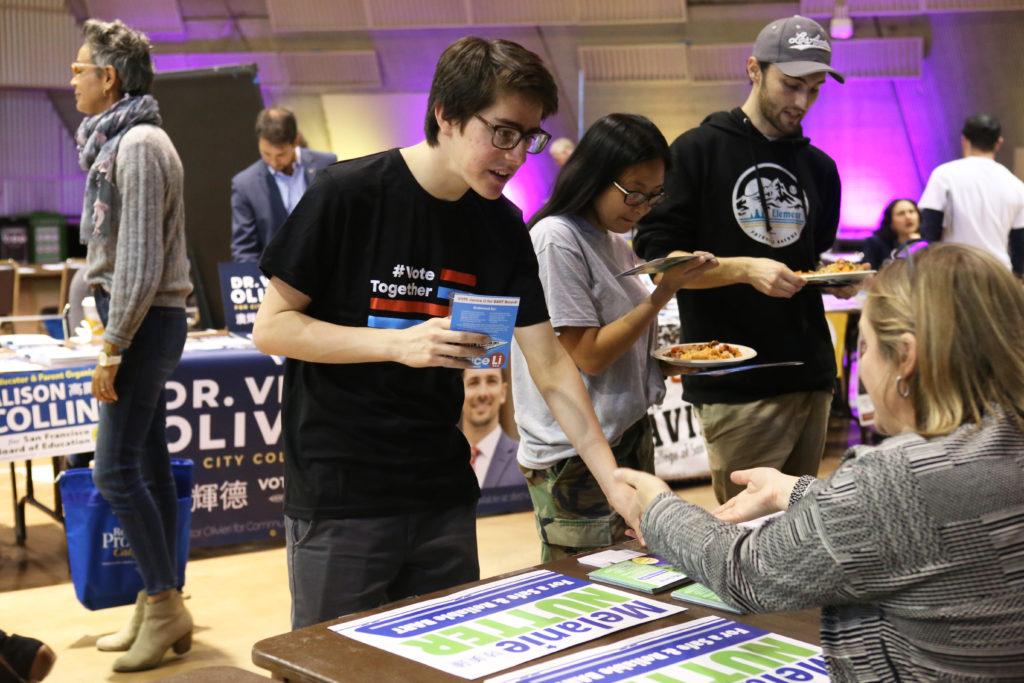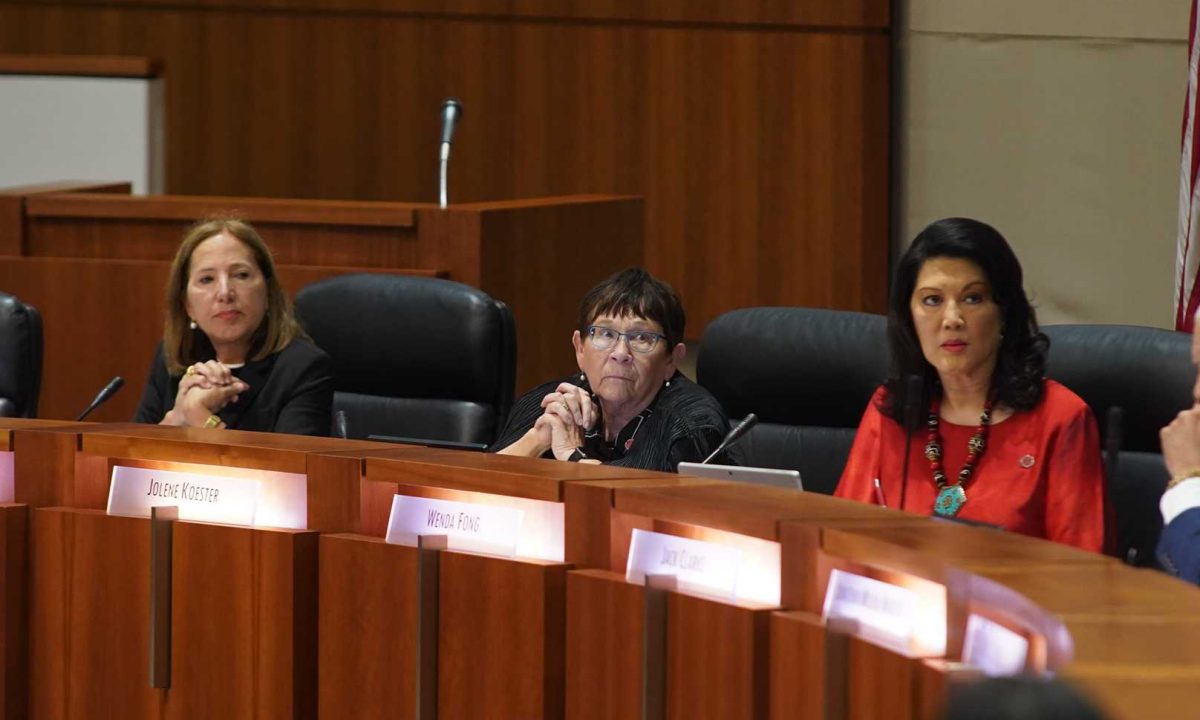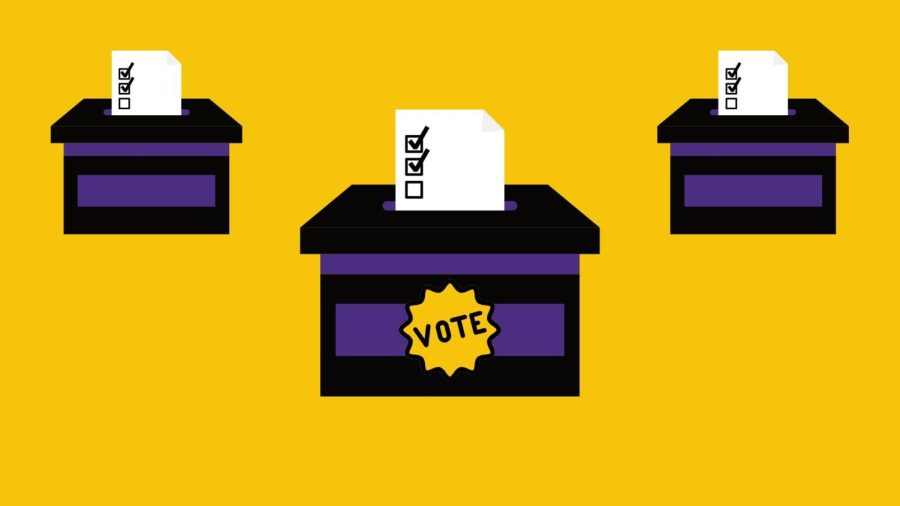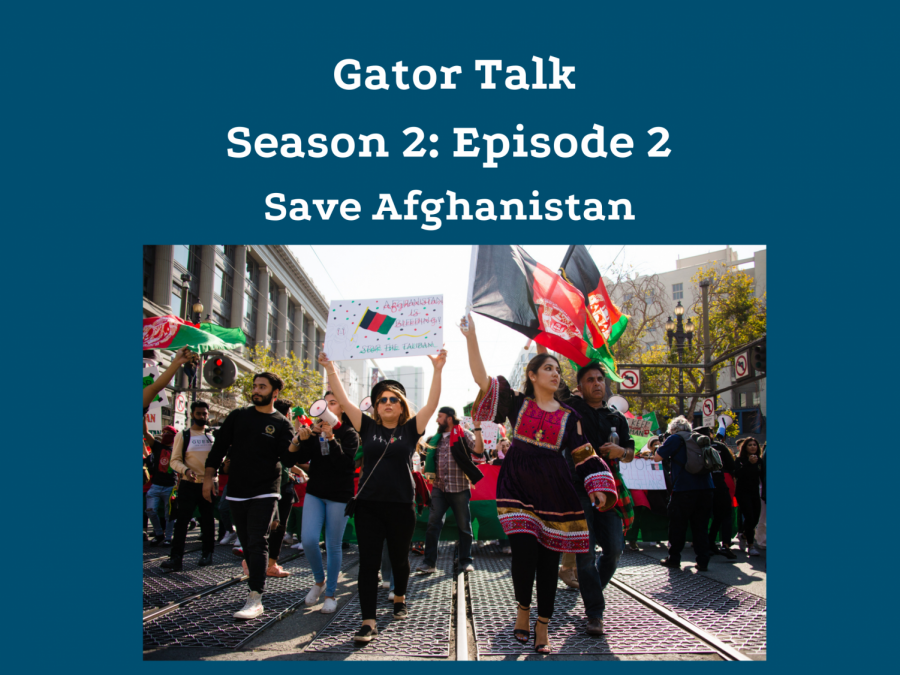After being forced to stand idly by during the presidential election between Hillary Clinton and Donald Trump, many first time voters at SF State are eager to have a say this time around.
“It’s gonna be pretty cool trying to make a difference,” said Jalen Flanagan, an undeclared freshman at SF State. “I haven’t looked at the ballot yet but I am for sure gonna vote. I think everyone’s votes count; so if everyone votes, it makes a difference.”
The Public Policy Institute of California (PPIC) found that while adults 35-54 years old are proportionally represented, young adults 18-34, who constitute 33 percent of the adult population, only have a plausible voter turnout of 18 percent.
That percentage may see an uptick as many first time voters say they’re adamant to make their voices heard.
“I’m excited,” said Nancy Trejo, an SF State business administration major. “Because [of] the recent elections, now more people feel [the] need and importance of why to vote.”
Students who did have the opportunity to vote in the previous election say they’re determined to get to the polls, especially after the last election results.
“I think this is a pivotal election,” said Johnny Alejandre, a marketing major with a focus on sports. “People saw the consequences of not voting last time. People are more eager and aware this time around.”
According to a 2014 voter poll, fewer than 37 percent of all eligible voters showed up during that year’s midterm election. According to the poll, that was the lowest turnout since World War II. The same poll found that youth voters represented the “greatest drop-off from presidential year to a midterm [year],” dropping 10 percent from 2012 to 2014. Conversely, voter turnout rose 10 percent in voters aged 50 and over.
The situation ultimately led to strong Republican swing.
Alongside the excitement and determination at SF State were students who said they were confused about the entire process.
“I’m not registered to vote,” said Rogelio Chacon, a graphic design major and freshman. “I don’t even know … how or what to do, and like if I did register, I wouldn’t know where to go.”
UC Davis found that of all registered voters between the ages of 18 to 24, only 129,000 of the eligible 3.5 million voted.
The study also found that of all voter groups, the youth had the lowest voter registration numbers.
Those registered without a specific party affiliation represented the largest group, and those registered as Republican represented the largest voting party across all ages, according to the study.
At SF State, some students were on the fence about whether they would cast a ballot at all.
“Yeah, I voted in the last election, but I’ve just been pretty busy so haven’t had time to research who’s up for office this time around,” said Simeon Cooper, a sophomore at SF State.
Others said that even though they want to make their feelings known, they haven’t researched the issues and candidates yet.
“I’m nervous,” said Maria Cortez, a freshman at SF State. “I haven’t looked into who I’m voting for yet, but my vote matters so I’m determined to go.”
In an era of near free information, today’s first-time voters are aware that they’re able to make informed decisions more easily than previous generations.
“All the registering is pretty simple,” said Ralph Hermanez, an SF State freshman. “It’s all online. People can choose where to get their information, so I thought that was pretty cool and you don’t even have to go to a polling office.”
As an indication of that simplicity, students like Trejo had already cast their ballots.
“I actually already voted and sent it in through the mail,” Trejo said. “This was my first time.”










